|
by James White 6th Grade Math, Dzantik'i Heeni Middle School
I chose to teach my 6th grade math students about Integers (positive and negative whole numbers) and Integer Operations (+,-,X,/) through Curriculum Based Readers Theatre (CBRT). Students learned about CBRT, properties of Integers and the rules for performing operations with Integers. I followed a basic sequence of direct instruction note taking on the concepts (similar to the routines already established) and then used sample CBRT scripts to introduce CBRT. Students then developed, rehearsed, and performed a CBRT script that they wrote as a class. I assessed the effectiveness of using CBRT to teach the rules of Integer Operations by having these students take a pre and post test and then analyzed the results. Integers and Integer Operations are critical concepts for advancement through pre-algebra, and the first concept these students will learn at the start of 7th grade. 7th grade mathematics teachers stated that they wanted to have 6th graders exposed to these concepts by the end of their school year so it was more familiar by the time they taught it at the start of the following year in their classes. Being that it was the end of the school year, I also decided to incorporate CBRT as a fun way to engage my students in learning about a performance art with the support of drama specialist Roblin Davis, a local actor and fellow Artful Teaching participant. WEEK 1 - Intro to Integers & CBRT I started Week 1 with an introductory lesson on Integers by having my students learn common vocabulary (integer, positive, negative, opposite, etc.) and concepts by leading a note taking lesson where students filled in blanks to these definitions and important ideas. "The next day Roblin Davis joined our class and we introduced CBRT by discussing gestures and sound effects and then reading an Introduction to CBRT script. Here is a video of students learning the technique of emphasis when speaking: The next lesson involved my class taking what they learned about Integers and adding to their knowledge by reading a CBRT script about Integers. We also discussed where and how to incorporate gestures and sound effects to make our reading more informative and entertaining. Students had fun adding the gestures to this script and making sound effects! We finished our Introductory lessons to CBRT and Integers by doing math worksheets which practice writing integers and comparing/ordering them. I was able to incorporate a lot of the gestures and sound effects from the Integers script while kids worked through the practice problems. WEEK 2 &3 - Integer Operations and CBRT Script Writing I started the next week doing a pre-test of students knowledge with Integer Operations (+,-,X,/) within 10 minutes and also had them complete notes which introduced the rules for these operations. Roblin joined us for next class day as he helped guide us through the script writing process based on the rules for integer operations we learned the day before. Here are some great resources to help get your students thinking about the writing process and guide them through writing a script: It took both of my classes some time to get the important concepts out and then outline the setting characters, gestures, etc. needed for writing the script. This took us two class periods to develop our scripts but at the same time students were repeatedly rehearsing the rules for operations with integers so I felt as though it was time well spent. Here are the final versions of our scripts! During the next class period we rehearsed our scripts and recorded them. I showed the students their recorded rehearsals and introduced them to the CBRT Assessment Rubric below: While watching their rehearsals, students were asked to complete a self assessment to better understand how they were graded and identify areas they could work to improve on during rehearsals and final performance. The final sequence of lessons was adapted as timing did not allow for a performance before the post assessment, but that would be the suggested method. At the end of the week, students were given an Integer Operations Post-test to complete in 10 minutes. It was the same exact questions as the pre-test along with the following comprehension/reflection questions. The results from the post test showed students definitely learned from the CBRT unit on Integer Operations. Students in my Period 1 class Integer Operations Camp, averaged 8.3% increase in the tests. 13/15 students increased their overall scores. It was not that surprising that the students whom didn't take a specific part in the script (not as engaged during the writing, rehearsals and performances) had much lower increases than those that did (including the two who scored lower on the post test). Students in my Period 2 class Integer Operation Olympics averaged almost 15% increase in the tests. 18/20 students increased their overall scores. This class had some huge gains in percentages like 45% increases and many whom are on IEPs or have lower grades on previously taught concepts achieved higher than their norm. I also asked students to answer the following comprehension questions about CBRT and our Integer Operations unit.
Most common responses to these questions were that CBRT helped them learn and it was fun! Many students also acknowledged that the repletion of rules reading through the scripts helped them learn better. Students were also given additional rehearsal time after the post test. The first day of the last week was our performance day. We invited other math classes to attend our performance and followed the outlined lesson below created by Roblin in preparation for the performance. Final Reflection:
I really enjoyed the opportunity to learn about and implement a CBRT unit in mathematics. I was able to teach an advanced grade level concept to students at the end of the year while at the same time making the learning personally relevant, fun and totally engaging. Had I followed the sequence of the textbook for this unit, it would have taken me at least 17 class periods (55 minutes each) but with the entire CBRT unit it took less than 12. From the assessment results, I saw that it had a positive impact on student learning and from the comprehension questions as well as my observations, students really enjoyed the process. I am totally on board to try implementing CBRT in my mathematics classes much earlier in the school year and using it continually as a way to teach math through performance art. It was a real pleasure to be a part of this process and I hope other teachers are interested in trying it themselves.
0 Comments
Leave a Reply. |
ArtStoriesA collection of JSD teachers' arts integration classroom experiences Categories
All
|
|
|
Artful Teaching is a collaborative project of the Juneau School District, University of Alaska Southeast, and the Juneau Arts and Humanities Council.
|
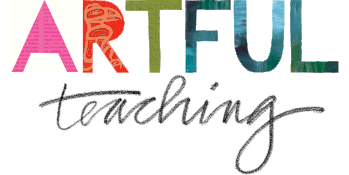
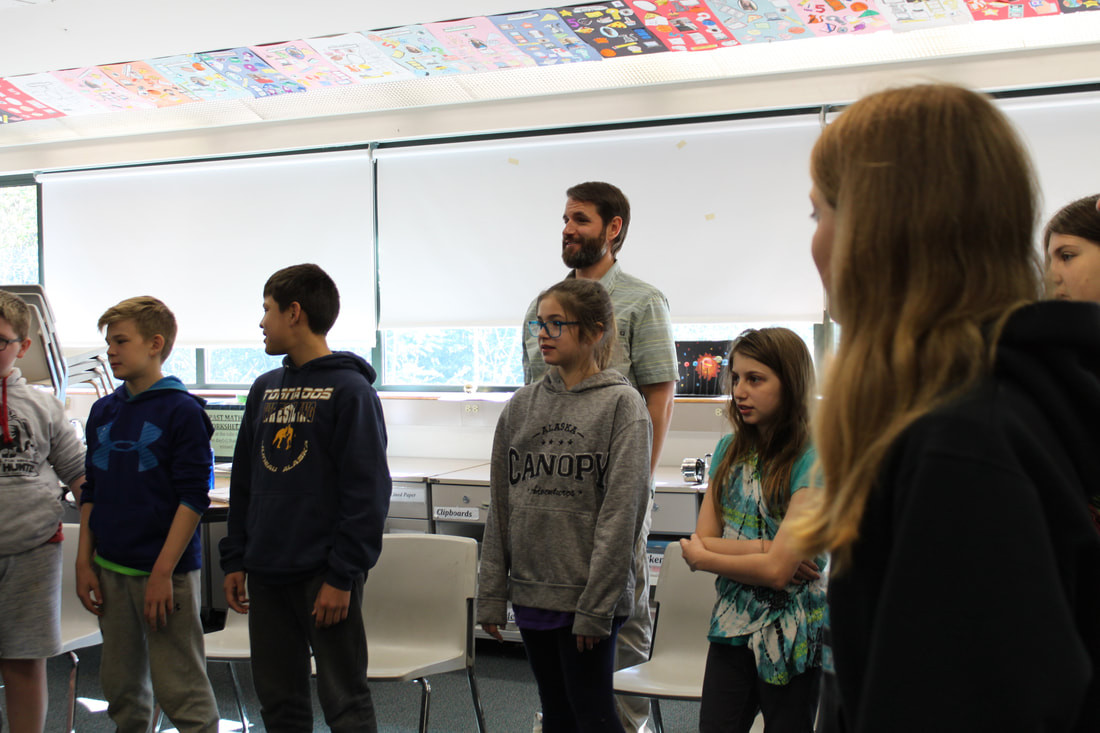
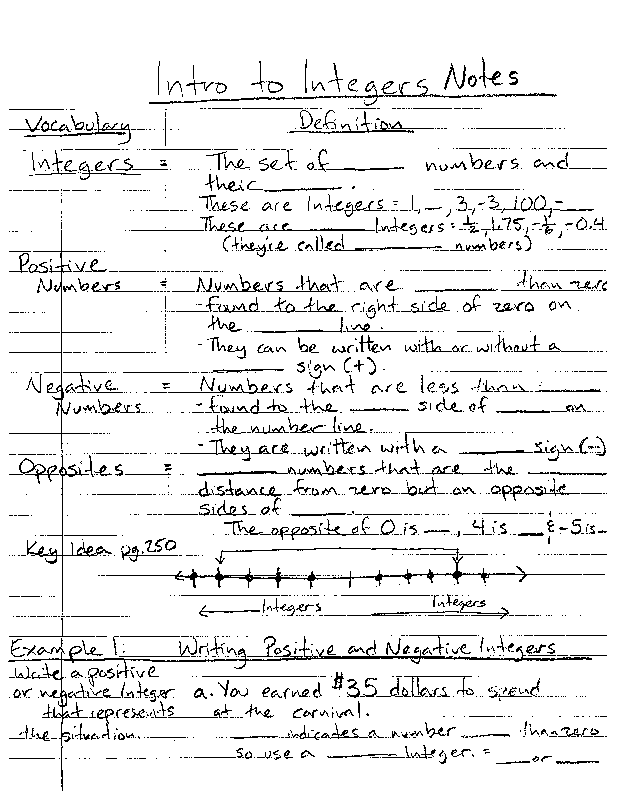
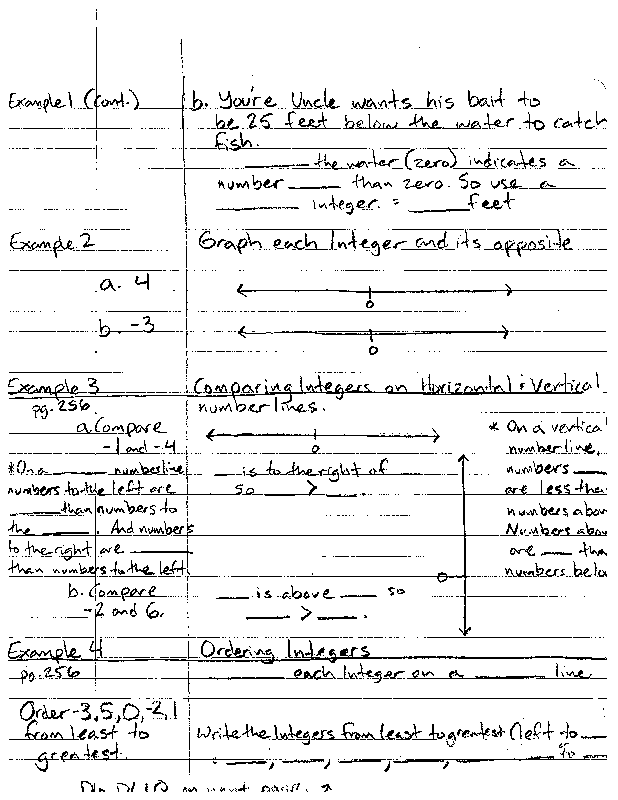
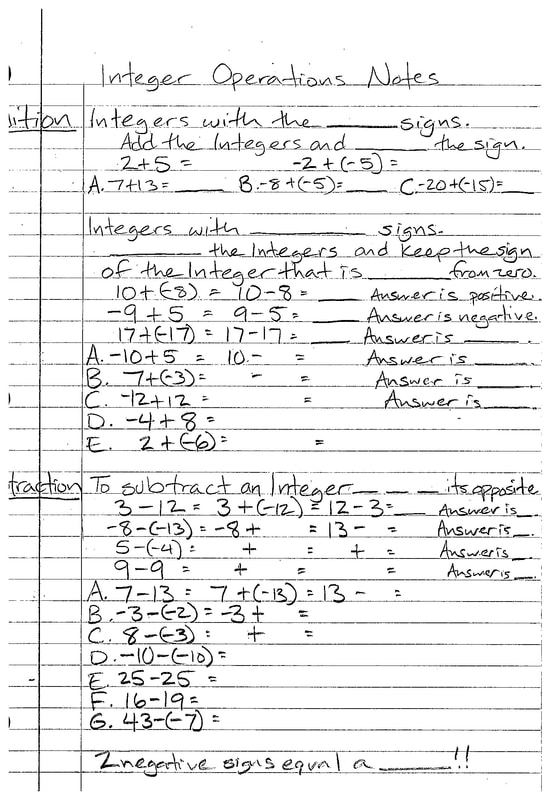
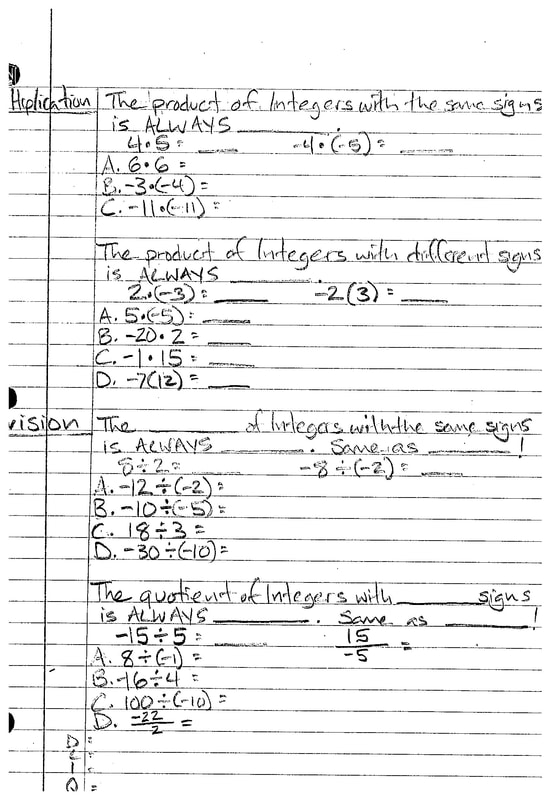
 RSS Feed
RSS Feed